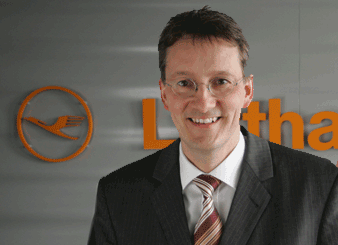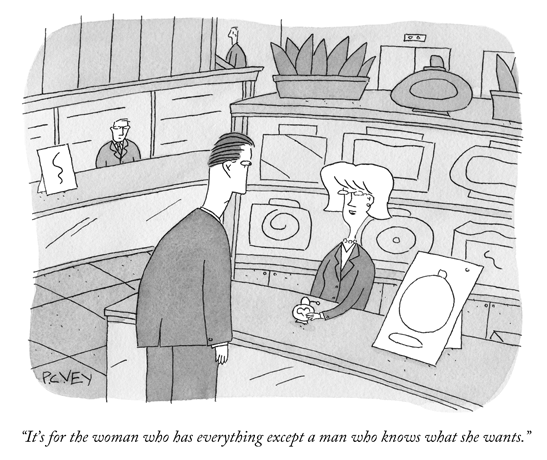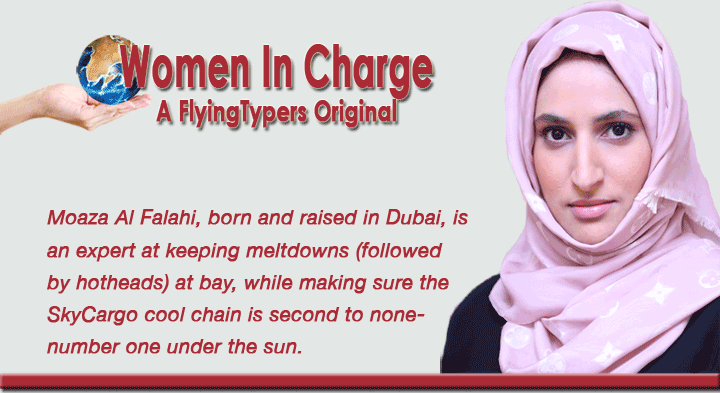
Several
leading international air cargo gateways were at Air Cargo Handling (ACH)
Milano this past September.
Here we present Part Four of our exclusive
series, with a deeper look into the session content at ACH Milano.
Part Four will be followed in January by
in-depth analysis of October’s TIACA Seoul, and finally November’s
FIATA Istanbul.
 In
Milan, Thilo Schaefer, vice president Global Handling Management, Lufthansa
Cargo, posed the question: In
Milan, Thilo Schaefer, vice president Global Handling Management, Lufthansa
Cargo, posed the question:
“How can we further improve productivity
of the air cargo supply chain while getting costs under control?”
Lufthansa’s answer: Focus on lean
logistics and digitization.
Data quality and transparency are the biggest
issues faced today. Complete supply chain transparency is key. With a
growing number of accomplished transformation projects, Lean is spreading
throughout LH Cargo. LH believes that Lean logistics can save millions
of Euros if implemented across the entire network. To date, 26 transformation
projects have been achieved and LH has introduced 85 daily team dialogues,
across the organization, where stakeholders openly discuss the good and
the bad and what can be improved. 92 workshops have been conducted focusing
on improvements in the warehouse, etc. Over four hundred employees have
been ‘Lean-trained,’ with over 1,000 ideas submitted to date.
More than 1,250 employees are in touch with 'Lean,' with local stations
given leeway to identify and name specific projects.
The LH lean logistics guiding principles
include transparency, such as shipment status, location of documents etc.,
flow, looking at processes such as loading and unloading, looking at whether
pallets are being built effectively, just in time, and zero defects. Lean
Logistics is about people, and everyone counts. The three areas of focus
are:
HAND
– changing the working environment and processes
HEAD
– Changing the way of leading and steering
HEART
– Work with passion to drive the change
In essence, changing the way LH drive projects,
how LH leads, and how LH encourages the work force.
Thilo gave an example of one LH station
where LH Cargo and the GHA have jointly improved transparency, production
lead times, and staff productivity. By keeping export target times in
mind, the supervisors jointly distribute the pallets to the capacity of
their workstations, resulting in savings in build-up lead times of 30
percent.
Ultimately, 'lean' improves KPIS, staff
productivity, reduces failure costs, improves production lead times, and
improves quality. It does however require full management buy in.
In terms of digitization, Thilo recognized
that many parties are involved in the movement of shipments, with data
being captured on average nine times per shipment. Non-integrated information
flow causes high transaction cost for all participants in the supply chain
and is a good source for errors.
e-AWB is designed to become the next standard process in air cargo transportation—the
multilateral agreement has been signed by 979 forwarders and 73 airlines.
Quality of data is still an industry issue. Having
tested 1,000 air waybills, LH found none of those tested could be classified
as 100 percent perfect. The roadmap to 100 percent e-freight requires
100 percent data quality.
LH’s aims for digitization include
order handling, the scrapping of the physical document, improvement of
quality and service, increased revenues through optimized planning and
steering, and a reduction in unit costs through automation.
We asked Head of Dubai-based Calogi Patrick
Murray, who knows quite a bit about these actions, for his take:
“I think a structured programme relating
to any form of improvement is welcome in our industry.
“The involvement of the people on
the ground tasked with delivering the changes is also a great idea.”
The hope is that the audience latches on
to these thoughts and starts looking closely at how they can improve the
way they conduct their business.
The facts on the number of times that data
is re-keyed and the quality of the FWB are particularly disturbing, as
is the quality of the air waybill data.
ACH
Finale
ACH Milano was a great conference for ground
handlers, and FT encouraged forwarders and airlines
to attend (there were many airlines in attendance anyway).
What we particularly liked is the frankness
and honesty of some of the participants when addressing issues.
For instance, one area raised as a concern
had been the increasing decision-making powers of procurement departments
who were more focused on cost versus quality; by squeezing the rates,
they were limiting the capabilities of the service providers.
Another important point that came up repeatedly
had been the dwell time of cargo on the ground and an analogy of someone
going on a week’s holiday and spending two days on the ground at
the origin and destination airports.
As Patrick Murray attests:
“We need to understand the delays,
identify the fixes, and determine how we measure our success.
“[We need] more discussions on how
to attract talent into the industry, and I had the feeling that we do
tend to downplay our achievements, which will have an adverse effect on
recruitment.
“Glyn Hughes took the opportunity
to remind the audience that air cargo accounts for a huge volume of work
trade by value, saves lives, and is a key enabler in getting the latest
technology into the hands of our children.
“I enjoyed running the workshop, and
industry KPIs is a huge subject and worthy of further debate.
“I think these are valuable exercises
and really give industry experts the opportunity to share ideas,”
Patrick Murray said.
FlyingTypers adds
that as we move toward a new year, we would like to see the debates and
calls for cooperation raised at ACH expanded and acted upon with deliberate
speed in the future.
Geoffrey
For Part I click here
For Part II click here
For Part III click here
|










